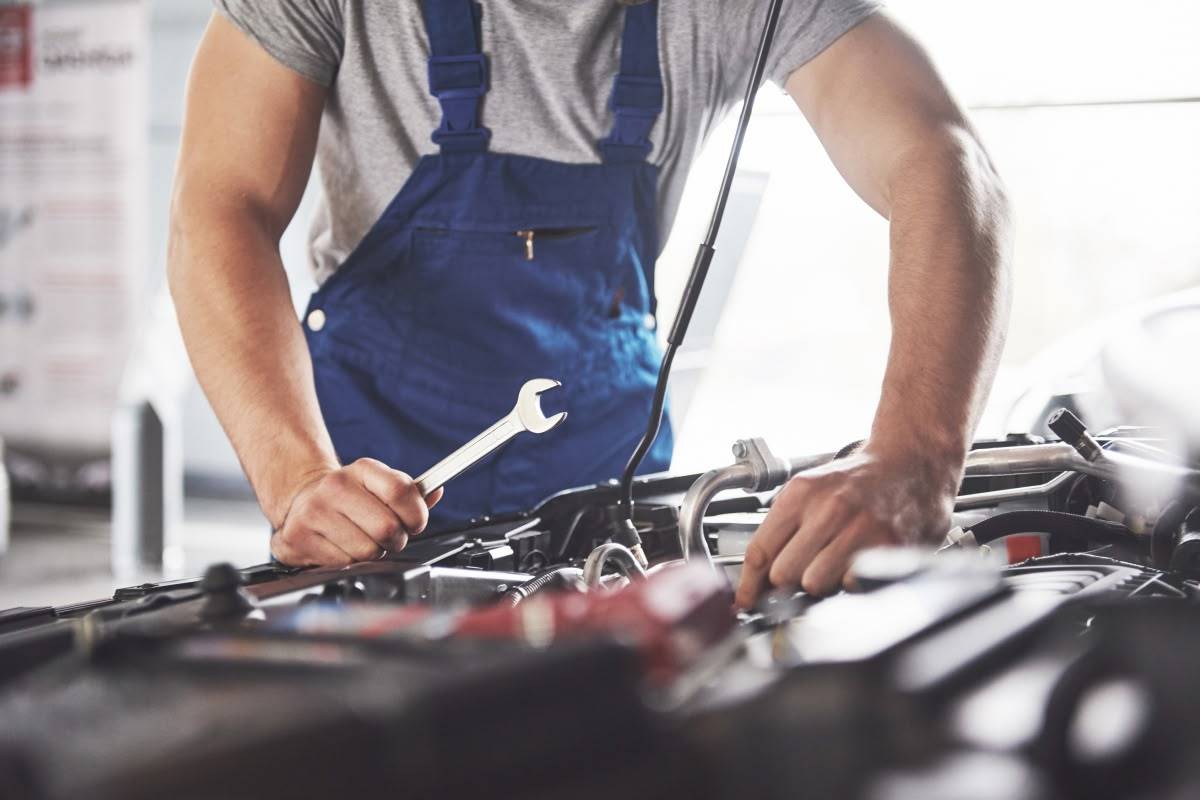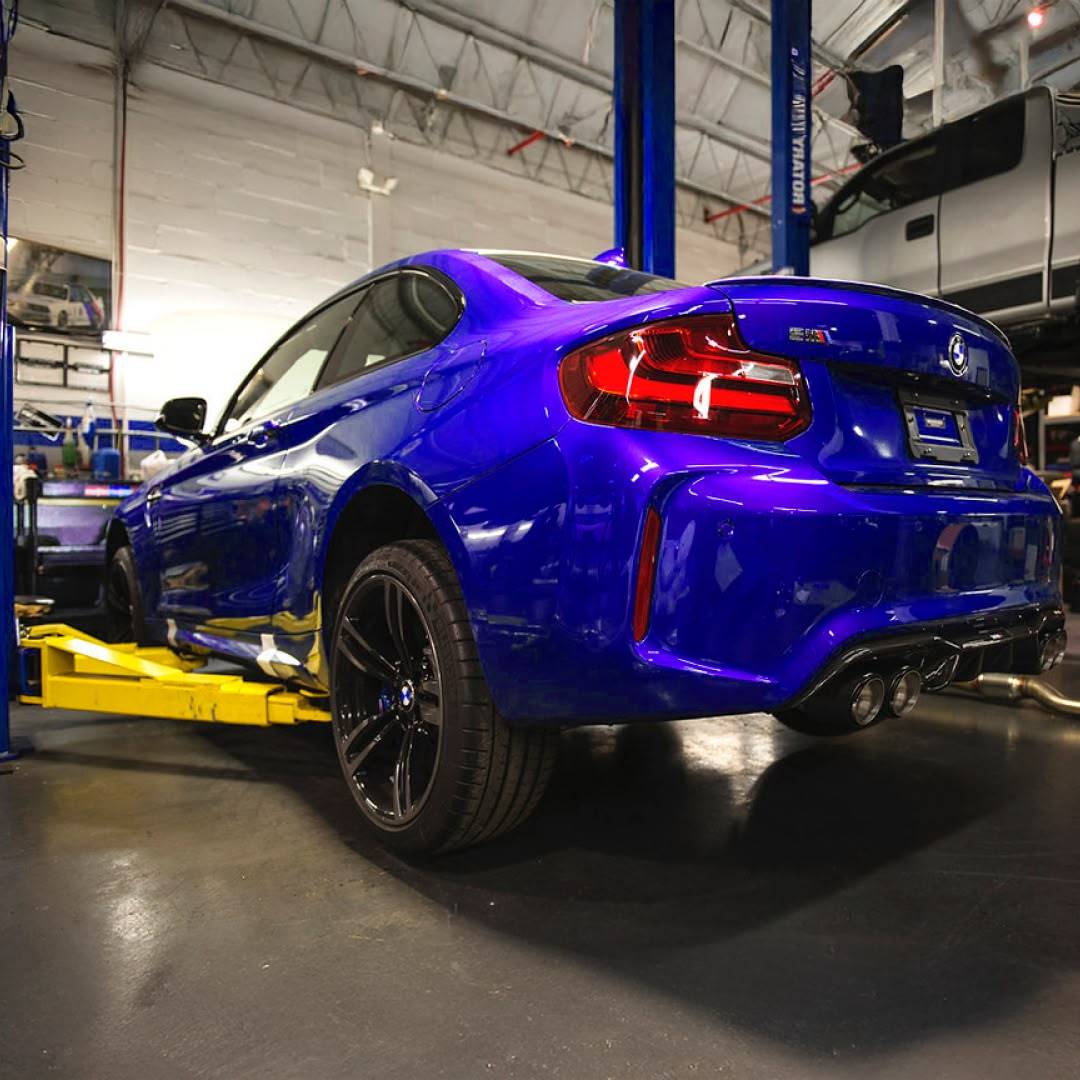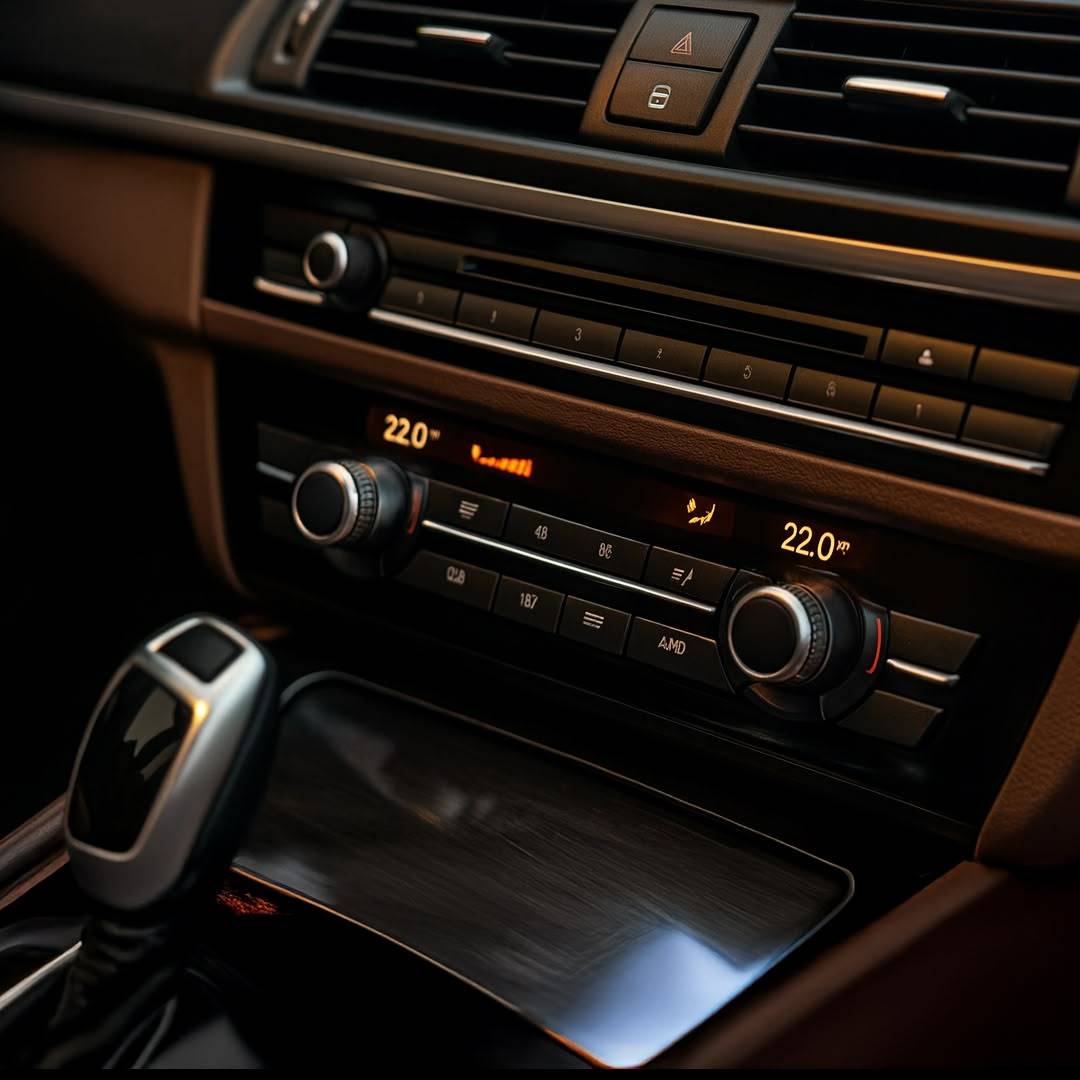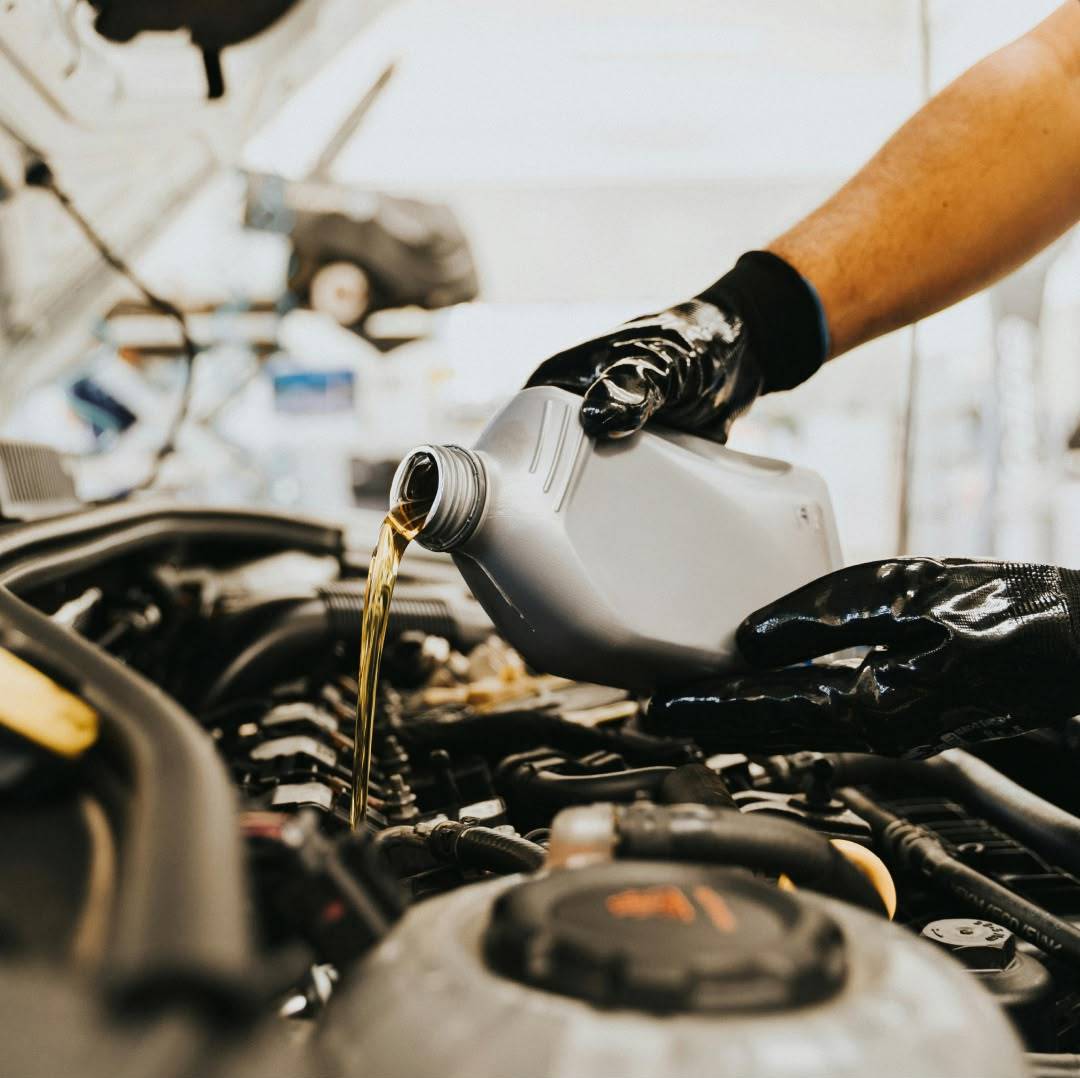[[post.title]]
We're changing for you!
Check out our new website
We're changing for you!
Check out our new website
Aug 27, 2025

Your full car service checklist probably covers all the basics – oil and coolant levels, brake pads wear, tire thread depth etc. However, there are also some less popular auto maintenance tips that never make it into those OEM booklets, but could make a whole world of a difference. For example between your ride barely doing 70,000 miles or it getting past 200,000 without breaking a sweat.
Coming up, we’ll learn:
While some of the upcoming car care tips might seem excessive for routine car maintenance or if you plan on getting rid of your vehicle after the lease is up, they won’t hurt your wallet. In fact, preventive maintenance car practices really can pay off and save you some money in the long run.
With that out of the way – enjoy the reading!
Everyone knows about warming up a turbocharged engine before hammering the throttle. Cold oil doesn't lubricate properly and asking a turbo to spin at more than 100,000 RPM with syrup-thick oil is a recipe for premature bearing failure. But here's what most people miss: the turbocharger cool-down is just as critical, if not more so.
After a spirited drive or highway cruise (at German autobahn speeds though), your turbocharger can be glowing hot. We're talking temperatures that can exceed 1,500°F or 900°C. When you shut off the engine immediately after hard driving, oil stops flowing through the turbo bearings while they're still scorching hot. This causes the remaining oil to literally cook onto the bearing surfaces, forming deposits that may eventually restrict oil flow and destroy the turbo.
The solution that’ll help you prevent that is simple: idle for 2–3 minutes after dynamic driving. This will allow cooler oil to circulate through the turbo, gradually bringing its temperatures down to safe levels. Think of it as a cool-down lap for your engine.
Yes, modern cars often have improved cooling systems and some even have electric pumps that continue circulating coolant after shutdown. That being said, these are failsafes, not invitations to abuse your turbo. Treat them like the airbags – great to have, but you'd rather not test them.
Okay, but should you always wait for your turbocharger to cool down?
For daily driving, this isn't necessary after every grocery run or a slow drive. But if you've been climbing grades, towing, or just enjoying some back-road fun, those extra minutes of idling could add years to your turbo's life. Consider it the cheapest insurance policy you'll ever buy.
One final note to wrap this up: don’t start panicking about your turbo yet! While not letting it “chill” isn’t too healthy in the long run, if you haven’t been hammering your car repeatedly up to this point, your engine should be fine. Just try to avoid it from now on, minus some emergency situations when it’s absolutely necessary for you to turn your engine off right after “racing” it.
 That leather-bound service book seems like something only scheduled car maintenance at dealerships requires. Once the warranty expires and regular maintenance car schedules become your responsibility, most people forget about documentation entirely, even those babying their rides.
That leather-bound service book seems like something only scheduled car maintenance at dealerships requires. Once the warranty expires and regular maintenance car schedules become your responsibility, most people forget about documentation entirely, even those babying their rides.
Big mistake!
…Okay, okay, it’s not that big. But it can be somewhat significant. A detailed vehicle maintenance log isn't just bureaucratic bookkeeping – it's basically your car's medical history, essential for proper car servicing. What should you keep a record of then?
Start your car maintenance log by recording everything, like:
Note the date, mileage, parts or fluids used, and who performed the auto maintenance service. While it may seem excessive for basic maintenance, here's why your automotive maintenance schedule documentation matters.
Firstly, when your transmission or engine fails right after it’s been replaced or had a major restoration, the shop might try to blame it on you. Oftentimes, they will claim that you never followed the recommended maintenance schedule before – that’s when your vehicle maintenance log becomes evidence. Additionally, insurance companies take documented car service seriously when determining claim values.
Secondly, a car with a proven maintenance schedule can be worth 10–20% more than an identical model with no service car records in the used market. That's real money when negotiating with an insurance adjuster (as per above) or selling privately.
Beyond financial benefits, a maintenance log can help you identify patterns in your own routine vehicle maintenance. Notice you're replacing brake pads every 15,000 miles? Maybe it's time for a full car service checklist inspection. Going through coolant faster than your car maintenance schedule suggests? Your log might reveal a developing issue before it becomes catastrophic.
Digital or physical doesn't matter – what does is consistency. Apps make it easy, but a simple notebook works fine. The key is actually doing it. Every. Single. Time.
That tiny bubble in your paint isn't just a cosmetic issue – it's like mold on a ceiling. And like the real thing, catching it early makes all the difference. Rust doesn't sleep, doesn't take vacations, and certainly doesn't fix itself. What starts as a pinhead-sized spot can eat through entire body panels given enough time and moisture.
The moment you spot rust, even surface rust, address it as soon as possible. It’s best to have an experienced auto body specialist fix it, but if you’re mechanically inclined, you should be able to tackle this on your own. Surface rust can be sanded down to bare metal, treated with a rust converter, primed, and painted in an afternoon. Wait a year and you're looking at cutting out metal and welding in patches.
Pay special attention to the usual suspects: wheel wells, rocker panels, the bottom edges of doors, and anywhere road debris can chip paint. In salt-belt states, check suspension mounting points and frame rails annually. Use a mirror and flashlight to inspect hidden areas – rust loves to start where you can't see it.
Here's the key: do it right the first time. Simply painting over rust is like putting a bandage on gangrene. The rust will continue spreading underneath and you'll be back to square one in months. Proper rust repair means removing every trace of corrosion, treating the metal, and sealing it properly. Yes, it's more work upfront, but it's the difference between a permanent fix and an expensive problem you’ll keep revisiting.
 Your car's air conditioning system is basically a petri dish on wheels. Dark, damp, and full of organic material from outside air – it could be a paradise for mold, bacteria, and other organisms you'd rather not be breathing. Yet most people never think about A/C maintenance beyond "if it blows cold, it works".
Your car's air conditioning system is basically a petri dish on wheels. Dark, damp, and full of organic material from outside air – it could be a paradise for mold, bacteria, and other organisms you'd rather not be breathing. Yet most people never think about A/C maintenance beyond "if it blows cold, it works".
When approaching the maintenance of this system, start with the cabin filter. That $15 part is your first line of defense against everything from pollen to pollution. Change it according to the manual or more frequently if you live in a dusty area or have allergies. Consider the activated carbon versions: they cost a few dollars more, but actually remove odors and some gaseous pollutants.
Additionally, annual A/C service isn't just about keeping things cool. The evaporator coil hidden deep in your dashboard is constantly wet during A/C operation. Without periodic cleaning and disinfection, it becomes a breeding ground for mold that gets blown directly into your face. Professional antibacterial treatments cost around $50–100 and can eliminate that musty smell, preventing respiratory issues at the same time.
| EXTRA PRO TIP! |
| Before cranking the A/C all the way up on hot days, run just the fan for 1–2 minutes after starting the car. Modern automatic climate control often immediately recirculates cabin air to cool it down faster, trapping stale air and moisture from the previous drive or the previous night. Those two minutes of fresh air flush out the system and make the cabin environment noticeably better. It's especially important if your car has been sitting in the sun, baking whatever moisture and organisms were left in the system. |
 Manufacturer recommended maintenance schedules are designed by teams of lawyers and accountants, not mechanics focused on preventative maintenance car longevity. The official automotive maintenance schedule is calibrated to minimize warranty claims and make ownership costs attractive, not to maximize your vehicle's lifespan. Following them without question is like eating the minimum daily calories while also doing heavy workouts or carrying weights – you'll survive, but you won't thrive.
Manufacturer recommended maintenance schedules are designed by teams of lawyers and accountants, not mechanics focused on preventative maintenance car longevity. The official automotive maintenance schedule is calibrated to minimize warranty claims and make ownership costs attractive, not to maximize your vehicle's lifespan. Following them without question is like eating the minimum daily calories while also doing heavy workouts or carrying weights – you'll survive, but you won't thrive.
Take "lifetime" lubricating fluids, perhaps the most misleading term in car preventive maintenance marketing. This automotive preventive maintenance myth doesn't mean your lifetime or even the car's potential lifetime. It means the manufacturer's definition of vehicle servicing life, typically 120,000–150,000 miles. After that, your general maintenance car needs become your problem, not the manufacturer’s.
Here's what actually works for long-term vehicle preventive maintenance.
Despite marketing claims, modern cars are not maintenance-free. These five often-overlooked auto maintenance tips—proper turbo management, detailed record keeping, aggressive rust prevention, A/C system care, and realistic servicing intervals—can easily add 100,000 or more miles to your vehicle's life. Whether you handle DIY car maintenance or rely on professional car repair and maintenance, these practices ensure your investment lasts.
For more practical car tips and tricks about maintenance, check out our guide on how to clean your BMW interior. Because while mechanical car check up routines keep your vehicle running, a clean interior makes those miles more enjoyable.
Routine maintenance includes regular oil changes, tire rotations, brake inspections, and fluid checks. Most manufacturers recommend service every 5,000–10,000 miles depending on driving conditions.
Check door and window seals annually, clean battery terminals to prevent corrosion, and lubricate door hinges and latches. Also, exercise your parking brake monthly and run the A/C for a few minutes even in winter to keep seals lubricated.
Follow your manual's severe service schedule if you drive in stop-and-go traffic, extreme temperatures, dusty conditions, or just want to keep your engine extra healthy. For most drivers, that means oil changes every 5,000–7,500 miles and major services every 30,000 miles.
Customer Reviews
Comments
Rate the product
This email is already registered.
Please Log In to continue.
Let us find
the right version for you
We'll confirm pricing, compatibility and product details for your car:
Enter your VINRoutine maintenance includes regular oil changes, tire rotations, brake inspections, and fluid checks. Most manufacturers recommend service every 5,000–10,000 miles depending on driving conditions.
Check door and window seals annually, clean battery terminals to prevent corrosion, and lubricate door hinges and latches. Also, exercise your parking brake monthly and run the A/C for a few minutes even in winter to keep seals lubricated.
Follow your manual's severe service schedule if you drive in stop-and-go traffic, extreme temperatures, dusty conditions, or just want to keep your engine extra healthy. For most drivers, that means oil changes every 5,000–7,500 miles and major services every 30,000 miles.
Customer Reviews
Comments
Rate the product
This email is already registered.
Please Log In to continue.
[[comment.name]]
[[comment.text|raw]]
BimmerTech
Newsletter
[[comment.name]]
[[comment.text|raw]]
BimmerTech